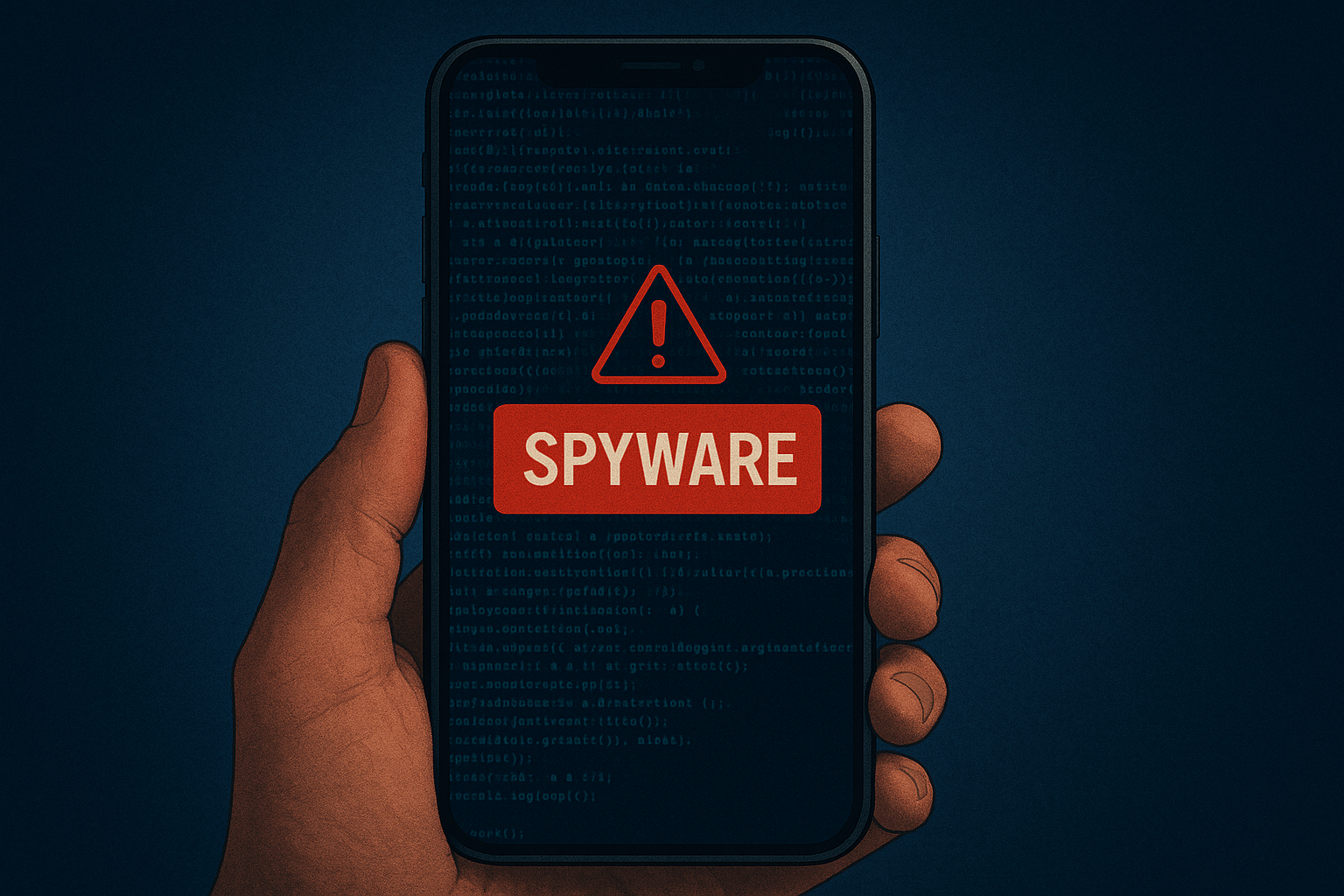“Being an MSP today is like wearing a neon sign that says, ‘Hack me! I’m the gateway to 100 networks!’”
Managed Service Providers (MSPs) have long been the unsung heroes of IT: patching systems at 2 a.m., juggling multiple client environments, and quietly saving the day (with barely a thank-you). But lately, MSPs are making headlines for a less flattering reason: they’ve become a top-tier target for cybercriminals.
Why? Simple. Why break into one company when you can break into one MSP and get 50?
Let’s dive into why MSPs have a target on their backs, and how we, as cybersecurity professionals, can help them fight back with style and strategy.
Here’s the cold truth: MSPs are rich targets because they hold the keys to multiple kingdoms. With administrative access to many clients’ systems, one successful compromise can be the digital equivalent of a bank robber walking away with all the vaults.
But it’s not just about access. Let’s break down the hacker love affair with MSPs:
Cybercriminal groups like REvil and Black Basta have repeatedly targeted MSPs to deploy ransomware at scale. In some cases, attackers waited weeks or months after initial access, just to map out how many clients they could hit simultaneously.
And let’s not forget Kaseya’s VSA incident in 2021. Hackers exploited a zero-day to deploy ransomware across 1,500 downstream clients.
Okay, we’ve painted the doom. Now let’s talk defense. If you’re advising or securing an MSP, here are the non-negotiables:
Being an MSP means walking a tightrope between operational efficiency and airtight security. But here’s the thing, security is now part of your value proposition. If you don’t prioritize it, your clients will walk… or worse, they’ll sue.
Cybersecurity isn’t about scaring people into buying products. It’s about protecting trust, and MSPs sit at the very heart of that trust web.
Let’s be real. Cybercriminals are getting smarter, faster, and more coordinated. But so are we. With the right tools, strategies, and mindset, we can flip the script.
MSPs are not the weakest link when they focus on cybersecurity in everything they do. They must be the strongest node in the entire information technology network and program.
So suit up, train clients on cyber literacy, lock down those endpoints, and remember: in cybersecurity, resilience is the real flex.
Sources and Additional Reading:
Discover and share the latest cybersecurity trends, tips and best practices – alongside new threats to watch out for.

Active Attacks on Messaging Apps The Cybersecurity and Infrastructure Security Agency (CISA) recently issued...
Read more
The world of work has changed enormously since COVID-19. Gone are the days when IT admins sat behind a corporate...
Read moreGet sharper eyes on human risks, with the positive approach that beats traditional phish testing.
